Investigating the effect of irradiation on hydride formation and morphology in zirconium alloys
Principal Investigator
- Name:
- Mark Daymond
- Email:
- [email protected]
- Phone:
- (208) 526-6918
Team Members:
| Name: | Institution: | Expertise: | Status: |
|---|---|---|---|
| Colin Judge | INL | Radiation Damage, Microscopy, Characterization, Nuclear Structural Materials, TEM | Other |
| Matthew Topping | Queen's University | Zirconium, Electron Microcopy, TEM, SEM | Post Doc |
| Fei Long | Queen's University | Irradiation, SEM, Alloys, EBSD, tomography, TEM, Mechanical, Neutron, hydride, in-situ TEM | Other |
Experiment Details:
- Experiment Title:
- Investigating the effect of irradiation on hydride formation and morphology in zirconium alloys)
- Hypothesis:
- Understanding the formation of hydrides in zirconium alloys is important to the nuclear industry due to their role in reducing fracture toughness. Hydrides formed in non-irradiated and irradiated samples will be studied. Two Zircaloy-4 notched samples will be prepared and one will be proton-irradiated. Next the samples will be hydrided under load and the morphology of these hydrides will be studied. It is believed irradiation damage has a significant effect on hydride formation/morphology.
- Work Description:
- Zirconium alloys are used for many of the key components in a commercial reactor core, with over 100 km of tubing being made up of various zirconium alloys. Hydride formation in zirconium alloys is a major concern to the nuclear community as the fracture toughness both in and out of reactor is greatly affected. In this experiment we want to compare the hydride microstructure formed in non-irradiated and proton-irradiated Zircaloy-4. It is important to understand any changes in hydride connectivity or orientation after irradiation in order to better predict the in-service behaviour of these components. Two hydrided samples will be notched and one of them proton-irradiated at 5MeV to ~1dpa at the Reactor Materials Testing Laboratory (RMLT) at Queen's University. The proton-irradiations at this energy will produce a damage layer of 123 um. This irradiated sample will have radioisotopes above exemption quantity. Therefore, this experiment requires access to an active PFIB. The aim of the experiment will be to study the detailed microstructure between hydrides, specifically investigating any interconnectivity and orientation relationships between the metal and hydrides. Therefore, it will be necessary to carryout electron back scatter diffraction (EBSD) analysis at each slice. We propose extracting a sample of ~100um3 from the notch tip. The grain size of the material is ~8um and the hydrides are much larger, spanning across several grains. Therefore, we suggest using a step size of 100nm for the EBSD analysis and slice depth of 100nm to give a voxel size of 100nm3. In conjunction with the tests carried out at the Idaho National Laboratory we will test identical samples to failure and study the fracture surfaces at RMTL, including extraction of TEM foils. The combined information gathered from the fracture surface and 3D EBSD results will provide vital information in the understanding of hydride formation in irradiated zirconium alloys and their role in hydride embrittlement.
Project Summary
This work will investigate the morphology and interconnectivity of hydrides in an irradiated zirconium alloy. By comparing the hydride formation in non-irradiated and proton-irradiated Zircaloy-4 samples we will develop a better understanding of the behaviour of hydrides. Hydrides in zirconium alloys are of key interest for both Canadian and American civil nuclear reactors. This is due to their significant effect on reducing the fracture toughness of key fuel assembly components, such as fuel cladding. Even small amounts of H (~10s of ppm/weight) can significantly reduce the material fracture toughness and make it susceptible to a sub-critical crack growth mechanism known as Delayed Hydride Cracking (DHC). Hydrides may also significantly affect the performance of cladding during storage of spent fuel simply through embrittlement. Preventing hydrogen embrittlement/DHC failures requires an accurate and detailed understanding of the behavior of small quantities of hydrogen in zirconium.
Prior to this proposed experiment, notched Zircaloy samples containing 100 wt.ppm hydrogen will be proton-irradiated at the Reactor Materials Testing Laboratory (RMTL) at Queen’s University. The samples will be irradiated at 5MeV to ~1dpa at 350°C in order to have significant irradiation defects in the metal before hydride formation at a notch tip. Following the irradiation, these notched samples will be heated up to 350°C to dissolve the pre-existing hydride; then a load is applied and the sample is cooled down at a rate of 1°C/minute. This ratcheting thermal cycle will be repeated multiple times to ensure enough hydrides precipitate at the notch tip. We have already seen that at the length scales viewable by TEM that the hydrides generated in irradiated and unirradiated materials have different morphology. Here we will study the hydride morphology at a longer length scale using the FEI Helios plasma focused ion beam (PFIB) at Idaho National Laboratory. Through serial sectioning and the reconstruction to produce 3D-EBSD data we will gain an understanding of the interaction between the matrix and hydrides and also the interaction between hydrides; the key question to be explored is the hydride connectivity which then influences crack-path. Information obtained in traditional 2D-EBSD analysis is not sufficient as one only obtains information from a single surface but hydrides are complex 3D structures. In conjunction with the proposed experiment we will test identical samples to failure and study the fracture surfaces using the materials characterisation suite at RMTL.
Demonstrating the difference in hydride formation around a notch tip between non-irradiated and irradiated samples is key in developing more accurate models to understand the impact of hydrides on failure. The data collected as part of the work has the potential to significantly impact the global nuclear industry as hydride embrittlement is a key issue currently limiting the efficiency of nuclear energy.
Prior to this proposed experiment, notched Zircaloy samples containing 100 wt.ppm hydrogen will be proton-irradiated at the Reactor Materials Testing Laboratory (RMTL) at Queen’s University. The samples will be irradiated at 5MeV to ~1dpa at 350°C in order to have significant irradiation defects in the metal before hydride formation at a notch tip. Following the irradiation, these notched samples will be heated up to 350°C to dissolve the pre-existing hydride; then a load is applied and the sample is cooled down at a rate of 1°C/minute. This ratcheting thermal cycle will be repeated multiple times to ensure enough hydrides precipitate at the notch tip. We have already seen that at the length scales viewable by TEM that the hydrides generated in irradiated and unirradiated materials have different morphology. Here we will study the hydride morphology at a longer length scale using the FEI Helios plasma focused ion beam (PFIB) at Idaho National Laboratory. Through serial sectioning and the reconstruction to produce 3D-EBSD data we will gain an understanding of the interaction between the matrix and hydrides and also the interaction between hydrides; the key question to be explored is the hydride connectivity which then influences crack-path. Information obtained in traditional 2D-EBSD analysis is not sufficient as one only obtains information from a single surface but hydrides are complex 3D structures. In conjunction with the proposed experiment we will test identical samples to failure and study the fracture surfaces using the materials characterisation suite at RMTL.
Demonstrating the difference in hydride formation around a notch tip between non-irradiated and irradiated samples is key in developing more accurate models to understand the impact of hydrides on failure. The data collected as part of the work has the potential to significantly impact the global nuclear industry as hydride embrittlement is a key issue currently limiting the efficiency of nuclear energy.
Relevance
The proposed research will have an important impact on the zirconium alloys used for cladding in the American light water reactors (LWRs) and also the Canadian deuterium uranium (CANDU) reactors. Zirconium alloys are susceptible to embrittlement through the formation of hydrides. This happens through a short-term loss of toughness and a longer-term crack growth mechanism called delayed hydride cracking (DHC); the DHC mechanism is highly dependent on hydride size and morphology. In some Zircaloy nuclear fuel cladding used in LWRs hydride cracking was strongly implicated in long cracks, which led to leakage of fission products. Hydrides form with a ‘natural’ orientation controlled by the cladding’s grain structure and texture. However, they can ‘reorient’ when precipitated under stress. Prior to long term fuel storage, cladding is heated then cooled: this process can lead to ‘stress reoriented’ hydrides, where the brittle hydrides form with an orientation that is favorable to subsequent crack growth.
To study this stress reorientation within a single sample, and in a volume amenable to EBSD investigation, we focus on hydride reorientation at a notch tip. In addition, developing an in-depth understanding to hydride formation at a stress concentrator (such as a notch tip in this case) will lead to improved safety models in the nuclear industry. This in turn may direct future alloy design or processing to increase the efficiency of nuclear energy. Therefore, this research directly synergises and advances the DOE’s aim to “Enhance the long-term viability and competitiveness of the existing U.S reactor fleet”.
Currently there is no open literature clearly demonstrating the difference in hydride morphology when comparing non-irradiated and irradiated Zr alloys. It is well known that irradiation induces hardening by generating dislocation loops, resultantly the Zr alloy became more resistant to plastic deformation. Given hydride precipitation from Zr requires a volume expansion, with a stronger Zr matrix formation of hydride may become more difficult. Resultantly, it is very likely that hydride will reveal a different morphology when precipitating in irradiated Zr alloys. Further, our initial TEM results show that at the TEM length scale there are differences. This is thus a clear gap in our understanding of a potentially critical failure mechanism. Through the experiment proposed here we will be able to show for the first time a direct effect of irradiation damage on hydrides formation at a stress concentrator, providing a key insight into hydride formation.
To study this stress reorientation within a single sample, and in a volume amenable to EBSD investigation, we focus on hydride reorientation at a notch tip. In addition, developing an in-depth understanding to hydride formation at a stress concentrator (such as a notch tip in this case) will lead to improved safety models in the nuclear industry. This in turn may direct future alloy design or processing to increase the efficiency of nuclear energy. Therefore, this research directly synergises and advances the DOE’s aim to “Enhance the long-term viability and competitiveness of the existing U.S reactor fleet”.
Currently there is no open literature clearly demonstrating the difference in hydride morphology when comparing non-irradiated and irradiated Zr alloys. It is well known that irradiation induces hardening by generating dislocation loops, resultantly the Zr alloy became more resistant to plastic deformation. Given hydride precipitation from Zr requires a volume expansion, with a stronger Zr matrix formation of hydride may become more difficult. Resultantly, it is very likely that hydride will reveal a different morphology when precipitating in irradiated Zr alloys. Further, our initial TEM results show that at the TEM length scale there are differences. This is thus a clear gap in our understanding of a potentially critical failure mechanism. Through the experiment proposed here we will be able to show for the first time a direct effect of irradiation damage on hydrides formation at a stress concentrator, providing a key insight into hydride formation.
Please wait
About Us
The Nuclear Science User Facilities (NSUF) is the U.S. Department of Energy Office of Nuclear Energy's only designated nuclear energy user facility. Through peer-reviewed proposal processes, the NSUF provides researchers access to neutron, ion, and gamma irradiations, post-irradiation examination and beamline capabilities at Idaho National Laboratory and a diverse mix of university, national laboratory and industry partner institutions.
Privacy and Accessibility · Vulnerability Disclosure Program

